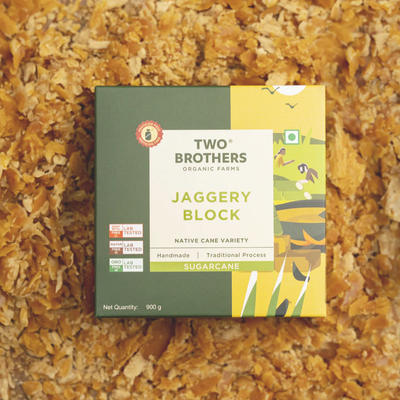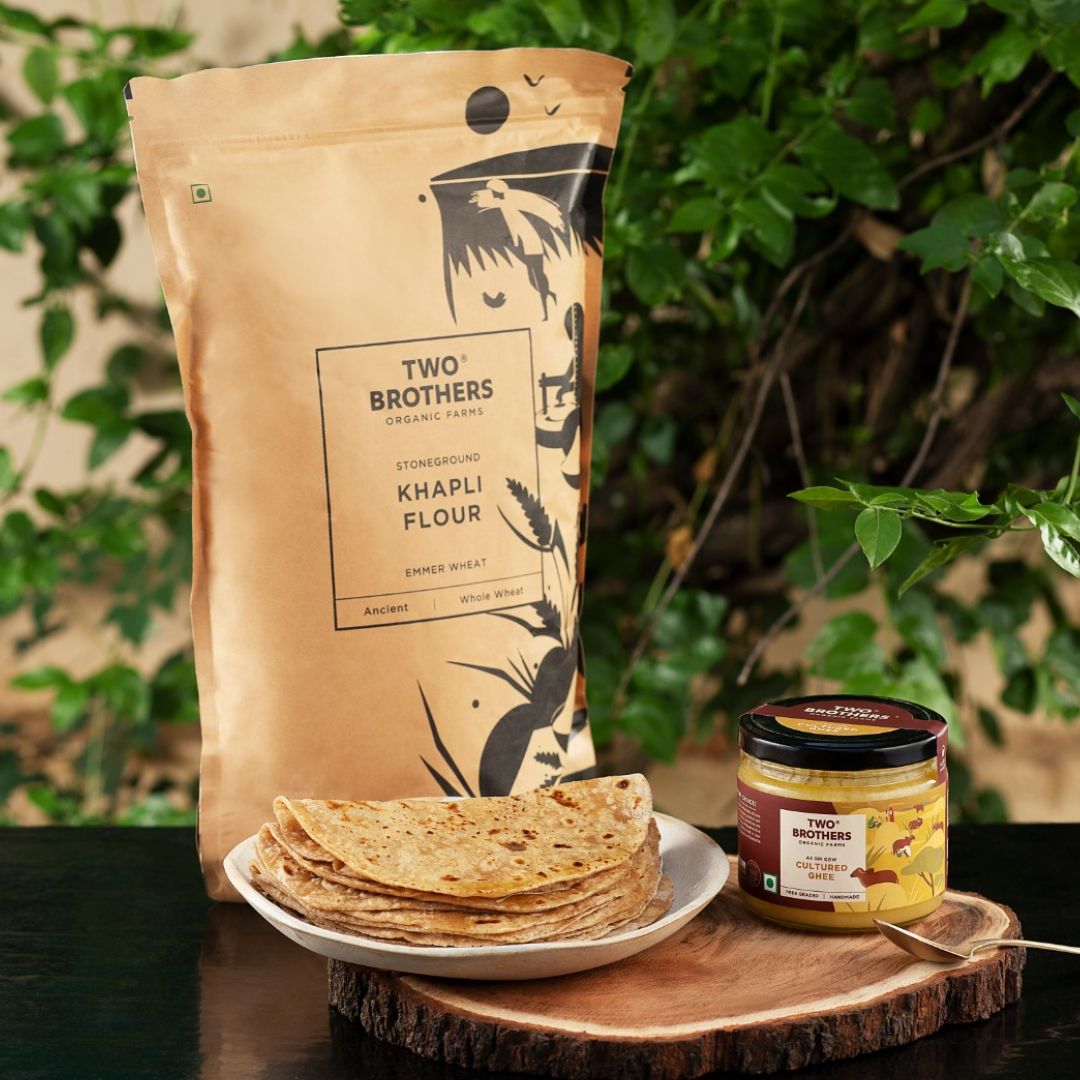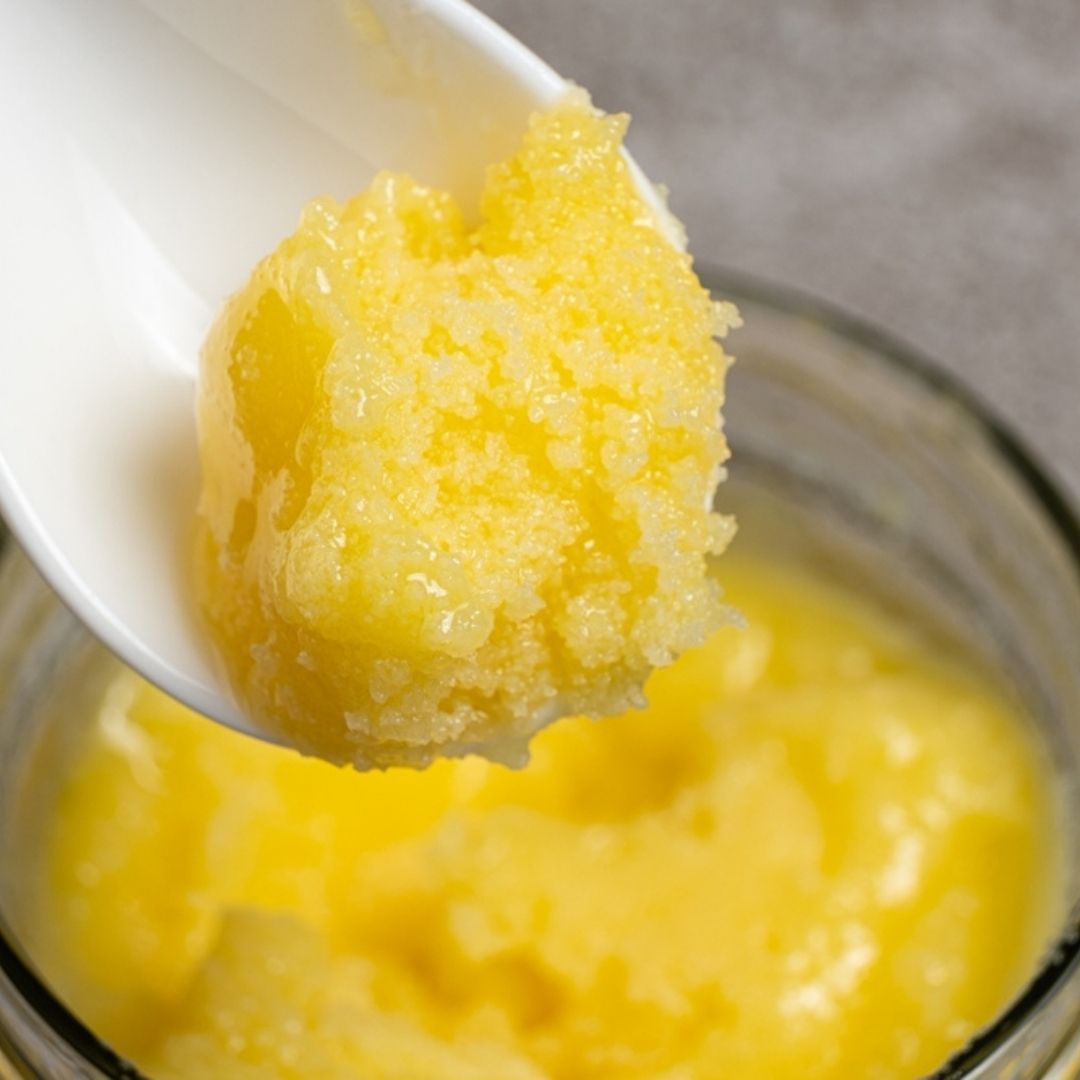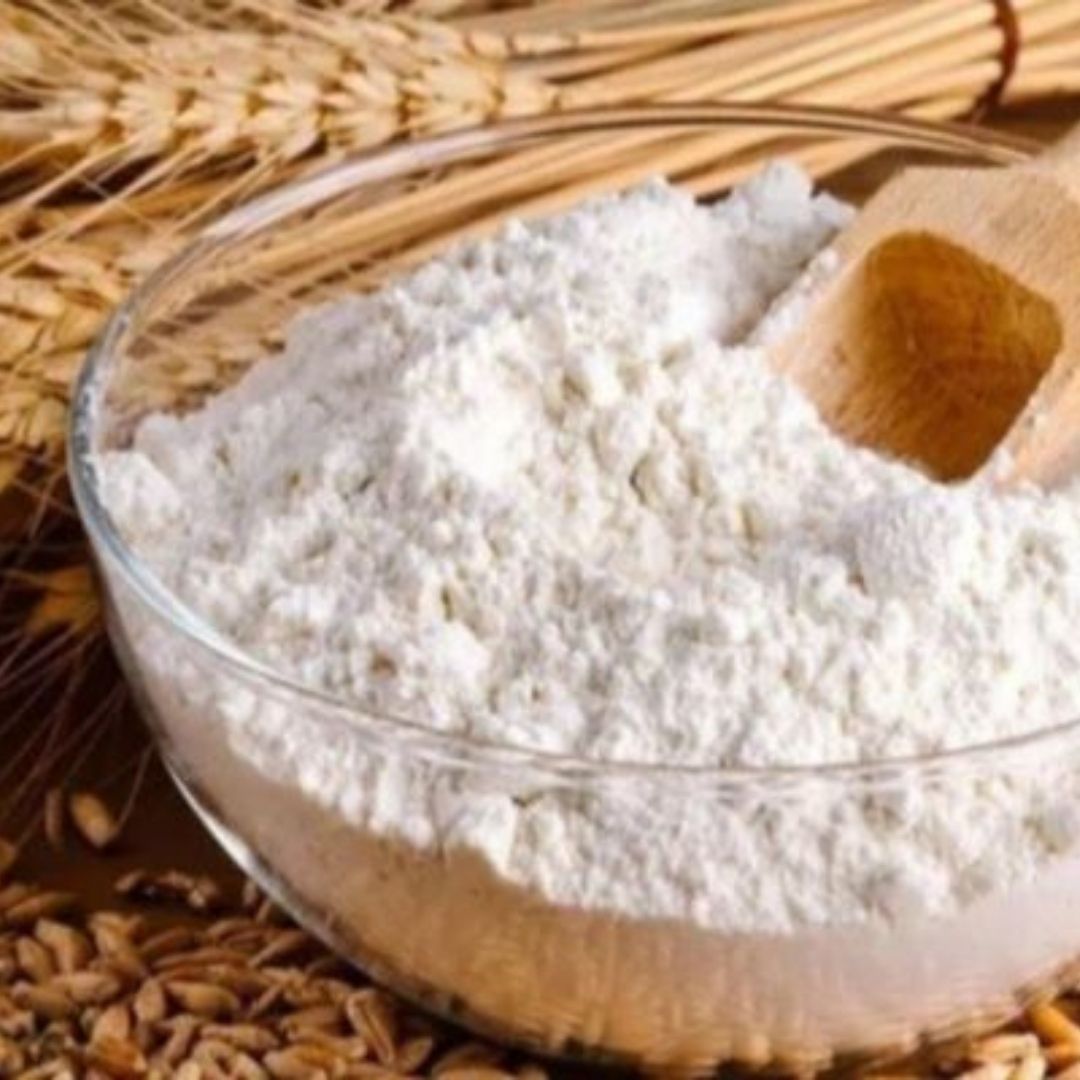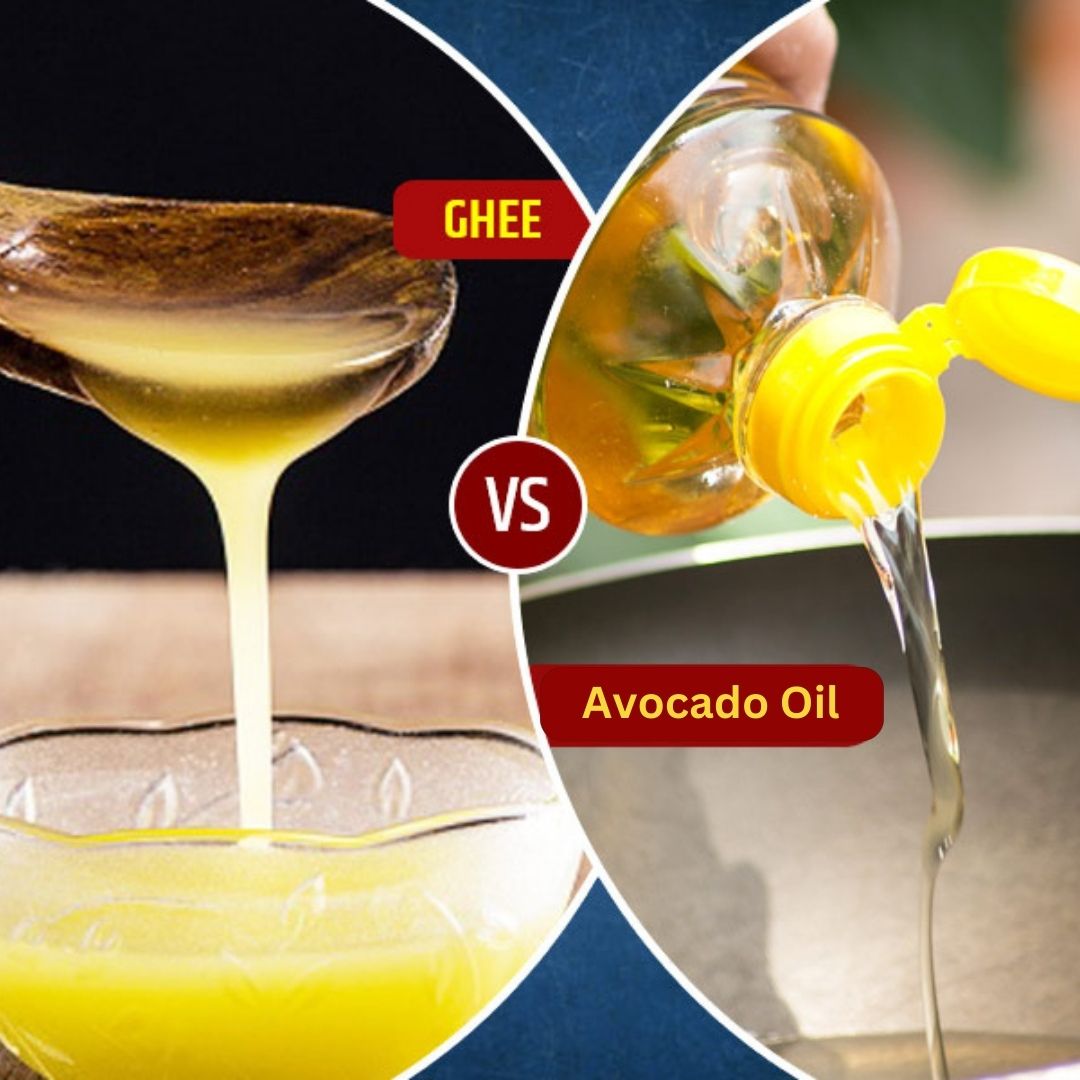Try Barnyard Millet if you'd want to include more millet in your diet. Barnyard millet cooks quickly and easily with a variety of seasonings and tastes sweet and nutty. Barnyard millet is not only delicious but also good for kidney and heart health. Its rich fiber, iron, and phosphorus content aid in blood pressure, cholesterol, and blood sugar regulation. It has become more well-known within the Sattvic movement, which supports whole grains that are beneficial to the environment and human health.
A low-maintenance, drought-resistant crop that is rich in nutrients is barnyard millet. To further understand how Barnyard millet enhances several facets of our lives, let's examine some of its nutrients.

Knowing About Barnyard Millet
Echinochloa frumentacea, or barnyard millet, is a kind of millet that is a member of the Poaceae family. It is one among the lesser millets that are cultivated and eaten in India and other countries. Similar in shape to pearl millet, barnyard millet is round and frequently used in porridge, upma, or dosa. Grain free of gluten, it has a high nutritious content and many health advantages. Let's take a closer look at the history and methods of production of barnyard millet.
Origin and Methods of Cultivation
With a lengthy history, barnyard millet is thought to have started in India. It is a staple meal in many regions of the nation and has been farmed for thousands of years. It was traditionally farmed with little use of pesticides or chemicals. During the monsoon season, farmers would plant the millet seeds and collect them when they were fully developed. Farmers choose this crop because of its reputation for tenacity and capacity to tolerate drought conditions. Because of the nutritional advantages and environmentally friendly farming methods of Barnyard millet, interest in its production has recently surged again. Nowadays, farmers are cultivating this nutrient-dense grain using organic practices.
A Powerhouse of Nutrition
Barnyard millet's remarkable nutritional value makes it stand out. Let's examine more closely at what makes it such a formidable force:
-
Fiber: Barnyard millet, which has 13.6 grams of dietary fiber per 100 grams, helps to maintain intestinal health, control digestion, and prolong feelings of fullness.
-
Protein: Barnyard millet has about 8 grams of protein per 100 grams, which is more than other millets. This makes it an excellent source of plant-based protein, which is particularly advantageous for vegans and vegetarians.
-
Minerals: Iron, magnesium, phosphorus, calcium, and other important minerals are all found in abundance in barnyard millet. Iron is essential for the synthesis of red blood cells, and phosphorus and magnesium help muscles contract and produce energy. Calcium is essential for keeping teeth and bones healthy.
-
Vitamins: Rich in B vitamins such as thiamine, niacin, and vitamin B6, this little grain is a powerhouse of nutrients necessary for nervous system and energy metabolism.
-
Antioxidants: Packed with phenols and flavonoids, antioxidants like barnyard millet help shield your cells from harm and may lower your chance of developing chronic illnesses.
Additionally, calcium and phosphorus, two nutrients needed for healthy bones and teeth, are abundant in barnyard millet. Its low glycemic index and low calories also make it a good option for people with diabetes or those trying to control their blood sugar levels.
Benefits of Barnyard Millet for Health
The remarkable nutritional profile of barnyard millet has several potential health advantages. Now, let us examine some of the main benefits of including this grain in your diet:
Control of Blood Sugar
Barnyard millet has a low glycemic index (GI), in contrast to refined grains that raise blood sugar levels. This indicates that it delivers carbohydrates into the bloodstream gradually. It is the perfect option for people with diabetes or prediabetes because of its gradual release, which minimizes blood sugar spikes and crashes. Barnyard millet's high fiber content is essential for controlling blood sugar levels. In your intestines, fiber functions as a net to slow down the absorption of sugar. By doing this, blood sugar spikes can be avoided, and steady blood sugar levels can be maintained all day.
Better Digestive Health

Embrace the end of constipation! The high fiber content of barnyard millet functions as a natural laxative. It gives stools more volume, which facilitates passage and helps avoid bloating and constipation.
Beyond being only roughage, fiber serves as a prebiotic. Prebiotics support a healthy gut microbiota by feeding your gut's beneficial microorganisms. Immune system and general digestive health depend on a healthy gut microbiota.
Hero of Heart Health
-
Reducing Low-Density Lipoprotein: Barnyard millet contributes to heart health. Barnyard millet's soluble fiber binds to cholesterol in your digestive system to stop it from entering your bloodstream. This ultimately contributes to heart health by lowering LDL ("bad") cholesterol levels.
-
Controlling Blood Pressure: Research indicates that barnyard millet's magnesium content may assist in controlling blood pressure. Magnesium facilitates blood vessel relaxation, which eases blood flow and lessens cardiac strain
Manage Your Weight With Ease
Fiber helps you feel full all day! Barnyard millet's high fiber content prolongs feelings of fullness, encouraging satiety and decreasing cravings. This can assist you in controlling the number of calories you consume and help you lose weight. Whole grains like barnyard millet have been shown in studies to marginally raise your metabolic rate. This implies that even when you're not actively exercising, your body burns more calories while at rest.
Robust Bones
A good source of calcium, which is necessary for the development and maintenance of strong bones and teeth, is barnyard millet. Barnyard millet is a great way to make sure your body gets the calcium it needs for strong, healthy bones.
Barnyard millet's magnesium and calcium complement each other for the best possible bone health. It also affects bone mineral density and lessens the risk of osteoporosis, a disorder that weakens bones and raises the possibility of fractures.
Booster of Immunity
-
Vital Vitamins for a robust Immune Response: Barnyard millet contains B vitamins, iron, folate, and vitamin B6, all of which are necessary for a strong immune system. Your body can fight against infections and illnesses with the aid of these vitamins, which are essential for the creation of immune cells and a healthy immunological response.
-
High in Antioxidants: Antioxidants, which combat free radicals, are abundant in barnyard millet. Free radicals are dangerous chemicals that have the potential to injure cells and play a role in a number of chronic illnesses. Barnyard millet contains antioxidants that may strengthen your immune system and shield you from illness.
Add barnyard millet to your diet, and your body will reap a multitude of health benefits. A small adjustment to your diet can have a big impact on your general health.
Uses of Barnyard Millet in Cooking
A flexible grain, barnyard millet can be utilized in a variety of culinary contexts. It is frequently used in traditional cuisines and can also be added to creative recipes to increase their nutritional content. Barnyard millet is frequently used in traditional recipes to make dosa, upma, porridge, and other foods. It is a popular component in many traditional dishes because of its mild, nutty flavor that goes well with a variety of spices and ingredients.
Barnyard millet can be used creatively in salads, pilafs, stir-fries, and even desserts. Its adaptability enables inventive cooking experiments, giving well-known meals a healthy makeover. You can enjoy the health advantages of this nutritious grain and try new flavors and textures by experimenting with the culinary applications of barnyard millet. It's a fantastic addition to any kitchen, regardless of whether you're cooking classic recipes or trying out some creative ones.
Daily Cooking Recipes
You can make these three quick and simple dishes for barnyard millet in less than half an hour:
Upma's Millet Barnyard

-
Prepare the barnyard millet as directed on the package.
-
Heat up some oil in a different pan and add the chopped veggies, green chilies, grated ginger, mustard seeds, and curry leaves.
-
Mix thoroughly after adding the cooked barnyard millet.
-
Add your preferred amount of salt and spice.
-
Add fresh cilantro as a garnish and serve hot.
Millet Salad in the Barnyard
-
Prepare the barnyard millet per the directions on the package, then set aside to cool.
-
Put cooked millet, chopped bell peppers, diced cucumbers, cherry tomatoes, and fresh herbs in a bowl.
-
Add a lemon juice and olive oil drizzle.
-
Add salt, pepper, and any other spices or herbs for seasoning.
-
Give it a good toss and serve cold.
Stir-fried Millet in a Barnyard

-
Add chopped onions, garlic, and any desired veggies to a skillet of heated oil.
-
Stir-fry the veggies until they become soft.
-
Include the cooked barnyard millet and season with salt, pepper, and soy sauce.
-
Combine all ingredients and continue cooking for a few more minutes.
-
Present hot as a tasty and nourishing side dish.
These recipes are tasty and offer a healthy, well-balanced supper. Including barnyard millet in your regular meals can assist you in maintaining a balanced and healthful diet.
Dietary Inclusion of Barnyard Millet
Including barnyard millet in your diet can be a terrific option, particularly for people who are trying to follow a balanced diet or have dietary sensitivity to gluten. Since barnyard millet is naturally gluten-free, people with celiac disease or gluten intolerance can use it as a great substitute for cereals that contain gluten. It spares them from the harmful effects of gluten and enables them to enjoy a broad range of foods.
Barnyard millet is a great option for a nutritious diet, even for those who do not have a gluten sensitivity. This grain is rich in nutrition and offers several vital elements, such as fiber, protein, iron, and magnesium. You may take advantage of barnyard millet's many health advantages and enhance the taste and nutritional value of your dishes by incorporating it into your diet. It is a highly adaptable and nourishing grain that is a great complement to any diet plan.
For Consuming Gluten-Free Food
For anyone on a gluten-free diet, including those with celiac disease or gluten sensitivity, barnyard millet is an excellent choice. Being inherently gluten-free, it offers a secure and wholesome substitute for grains that contain gluten. An autoimmune condition known as celiac disease causes damage to the small intestine when gluten is consumed. Celiac illness can only be treated with a strict gluten-free diet that excludes all gluten-containing foods, such as wheat, barley, and rye. Because barnyard millet doesn't contain gluten, it's a good grain for people with celiac disease. It is a delicious and safe gluten-free choice that can be used in a variety of recipes, such as porridges, bread, and desserts. You can satisfy your dietary requirements and enjoy a multitude of flavors and textures by including barnyard millet in your gluten-free diet. It is a flexible grain with a wide range of culinary applications and health advantages.
Using Barnyard Millet as Rice’s Replacement
Barnyard millet is a great option for anyone trying to cut back on carbohydrates or make dietary adjustments because it can be used as a healthy alternative to rice in a variety of recipes.
Although rice is a common grain in many cuisines, its carbohydrate content can be significant. Barnyard millet is an excellent substitute for those trying to cut back on carbohydrates or make better nutritional choices.
Because barnyard millet contains fewer carbohydrates than rice, it is a good choice for people on low-carb diets or trying to control their blood sugar levels. It can be added to salads, stir-fries, and pilafs to give them a similar flavor and texture like rice with added nutritional value.
Conclusion
Including barnyard millet in your diet can help with diabetes management, heart health enhancement, anemia prevention, and many other health issues. Because of its nutritional makeup, it can be used as a nutritious and adaptable alternative to rice in a variety of meals and as part of a gluten-free diet. Barnyard millet is a great addition to your meals if you're trying to improve the health of your skin and hair or your digestive system. You may take advantage of the health benefits of barnyard millet and discover its culinary diversity in both traditional and everyday recipes by adhering to recommended techniques for growing and harvesting.
Frequently Asked Questions
Is it safe for someone who is gluten intolerant to eat barnyard millet?
Barnyard millet is naturally gluten-free, therefore yes, anyone with gluten intolerance—including those with celiac disease—can safely eat it. For those with dietary sensitivity to gluten, it offers a wholesome and healthy substitute for grains.
Which cooking techniques preserve the most of its nutritious content?
It is advisable to boil or simmer barnyard millet in order to preserve its nutritional worth. These techniques guarantee that the grain is cooked through and ready for consumption while preserving some of its nutrients.
How much protein is there in barnyard millet compared to other grains?
When compared to other grains, barnyard millet is a good source of protein. It's a healthy option for people who want to up their protein intake because it has about 10.5g of protein per 100g. It offers a plant-based protein substitute for vegan or vegetarian diets.


